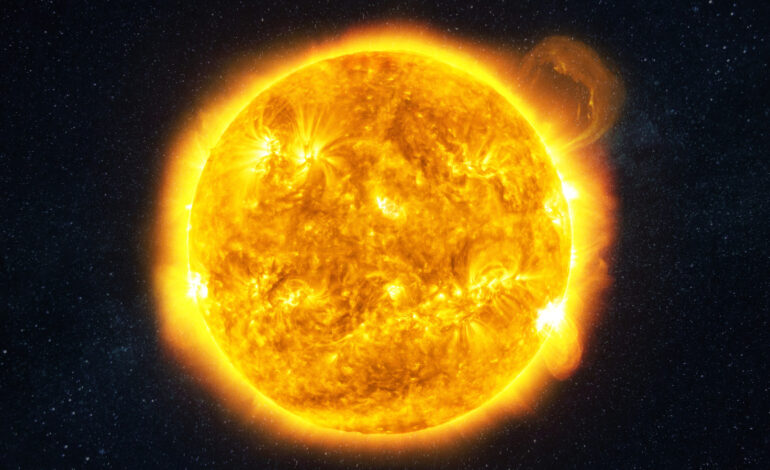Solar Storms Surge in Frequency: Impact on Technology and Life

Recent observations indicate that solar storms are becoming more frequent and intense, posing potential risks to technology and daily life. Researchers at NASA’s Jet Propulsion Laboratory report increased solar activity, marked by more plasma explosions and stronger magnetic fields. This uptick follows a period known as the “deep solar minimum,” which lasted from the 1980s until 2008. Since then, solar phenomena such as solar flares and coronal mass ejections have surged in occurrence.
Evidence of Increased Solar Activity
One significant event occurred last year when the sun unleashed its most powerful solar storm in over two decades, allowing the northern lights to be visible as far south as Mexico. While the beauty of the auroras captivates many, solar storms can have far-reaching consequences beyond just stunning visuals. They can disrupt technology that is crucial to modern life, including power grids, GPS, and communication systems.
The implications for space exploration are particularly concerning. The Artemis mission, which aims to return astronauts to the Moon and eventually reach Mars, faces challenges due to heightened solar activity. Space agencies are working diligently to enhance their forecasting capabilities to prepare for increasingly severe solar weather.
Risks to Technology and Communication
Solar storms erupt when the sun’s tangled magnetic field snaps and reconnects, releasing bursts of energy and radiation. These bursts can reach Earth within minutes and disrupt satellites and internet connectivity. The risks are not merely theoretical; in 1989, a solar storm caused a massive power outage in Quebec, leaving millions without electricity in under two minutes.
Today’s interconnected world is more vulnerable than ever. High-frequency radio signals, essential for aviation, shipping, and emergency communications, are particularly at risk. Solar storms can interfere with GPS systems used in aircraft and navigation apps, leading to malfunctions that could jeopardize safety.
Satellites, lacking the protective shield of Earth’s atmosphere, are also susceptible to damage from solar flares. Strong storms can disable circuits, take satellites offline, and reduce their operational lifespan. As solar activity is projected to continue its upward trend, the technology that relies on these satellites may need significant adaptations.
Health Implications and Future Preparedness
Despite concerns regarding solar activity’s impact on health, current research suggests minimal risk for those of us shielded by the atmosphere. Some studies have explored potential links between solar activity and health issues like heart problems and headaches, but findings remain inconclusive. For most individuals, the most likely effects of solar storms will manifest as temporary disruptions to services, such as power outages or dropped internet connections.
In the event of a significant solar storm, traffic lights could malfunction, and airlines might need to reroute flights. Nevertheless, there is a silver lining; these storms often bring the northern lights to unexpected locations, allowing many to experience this natural wonder.
As society’s reliance on technology grows, so does the need for preparedness against solar events. NASA is investing in missions like the Interstellar Mapping and Acceleration Probe (IMAP), which aims to provide early warnings about solar activity. For now, while solar storms may lead to momentary frustrations such as interrupted Wi-Fi, they do not pose a direct threat to human safety.






